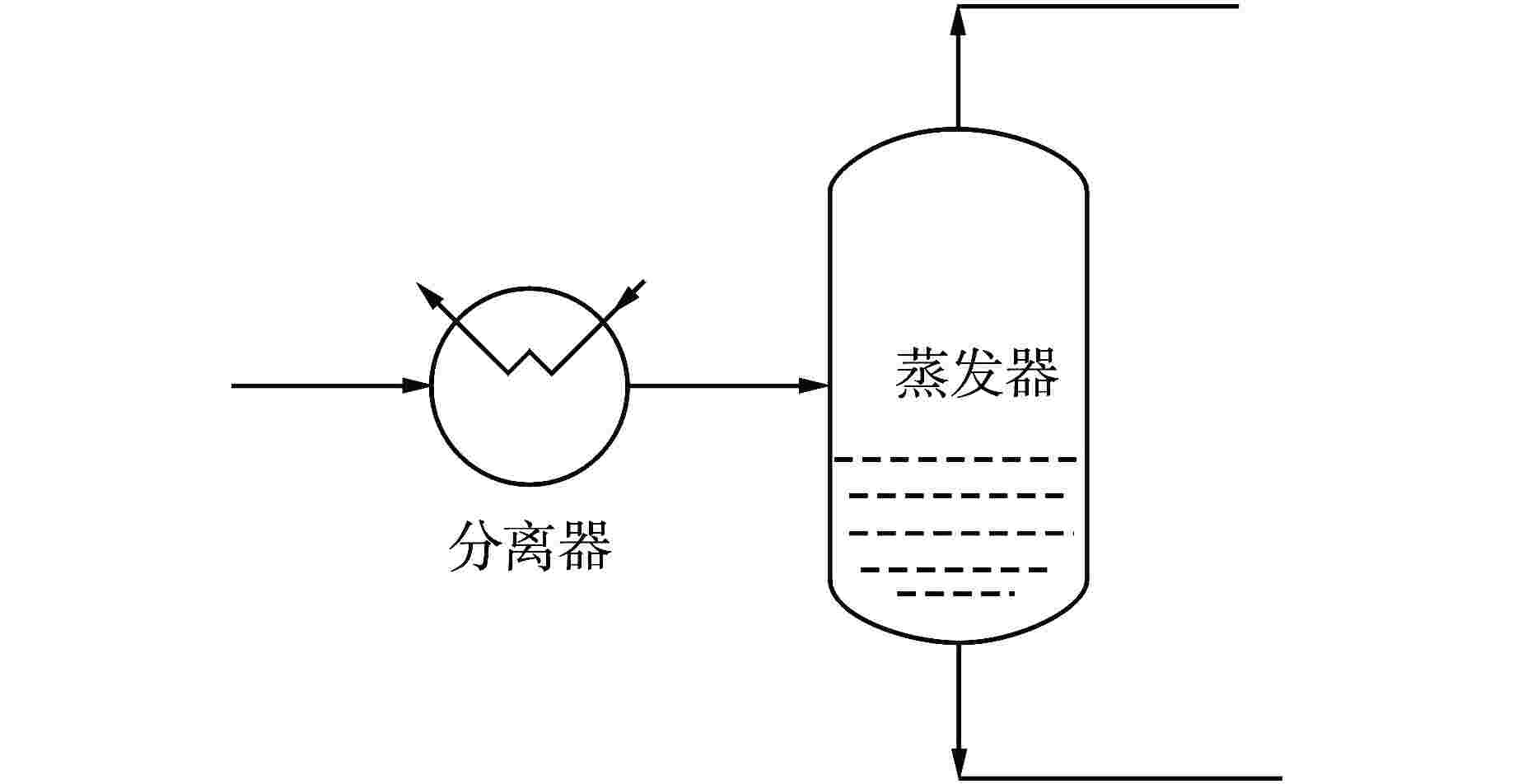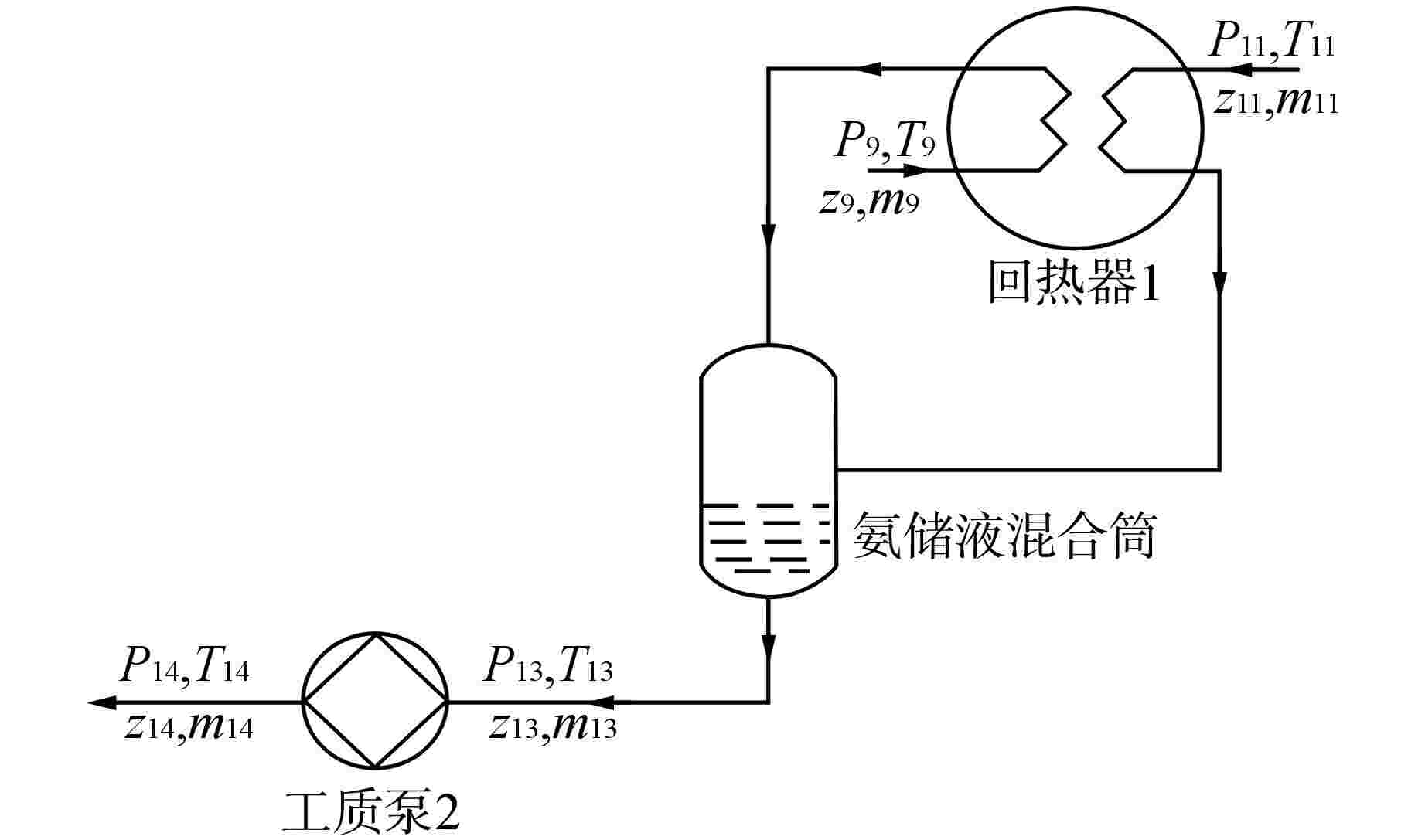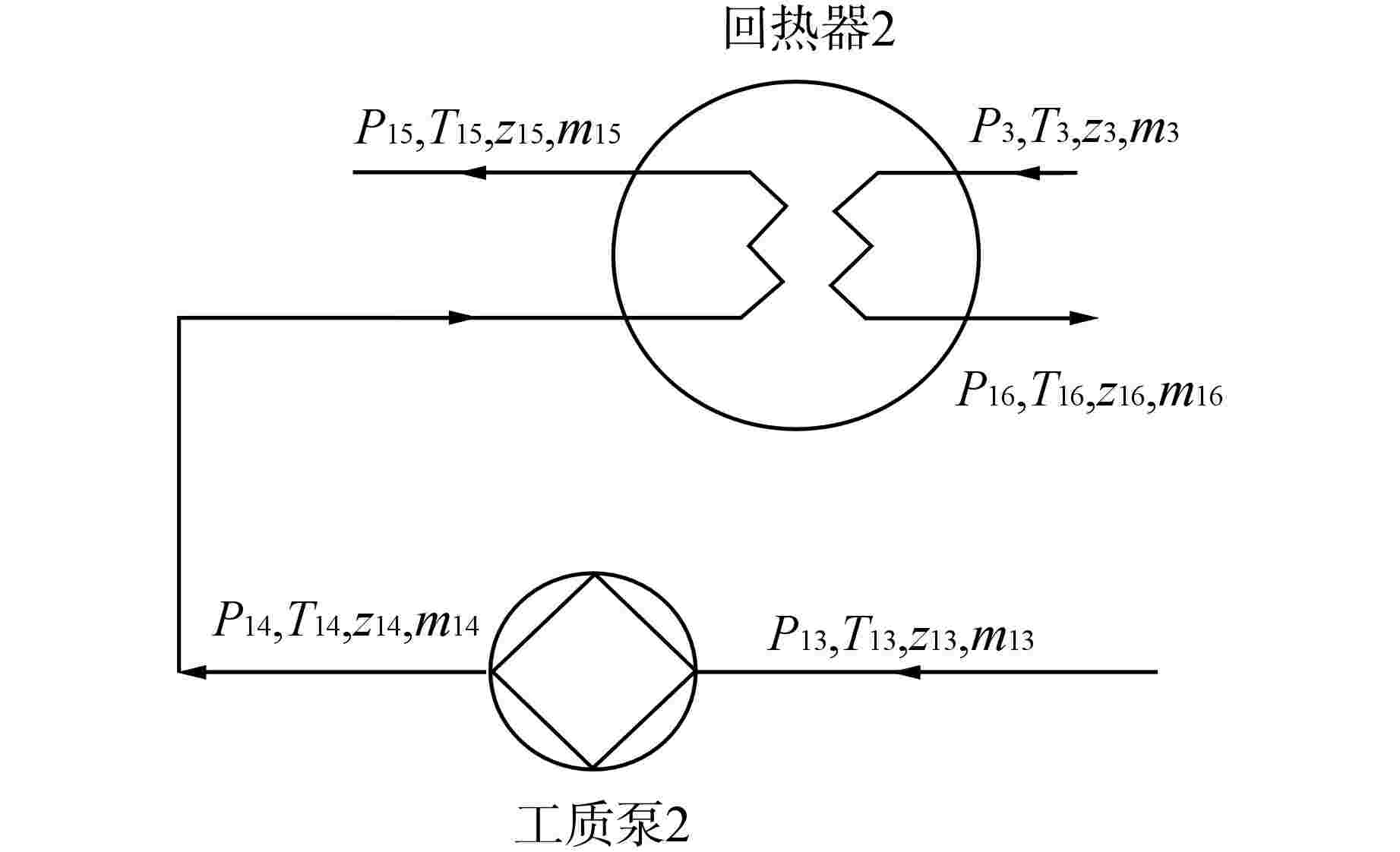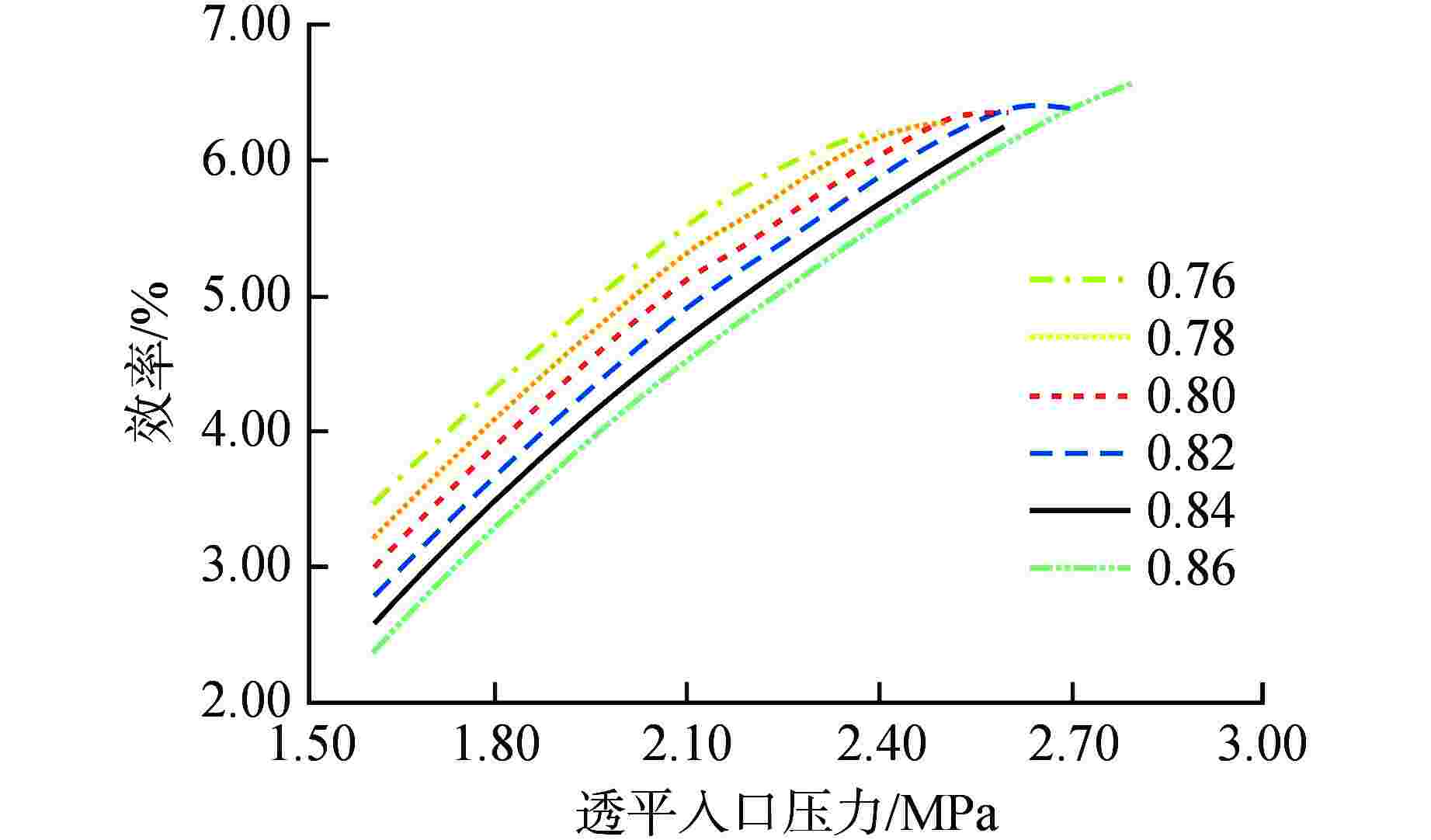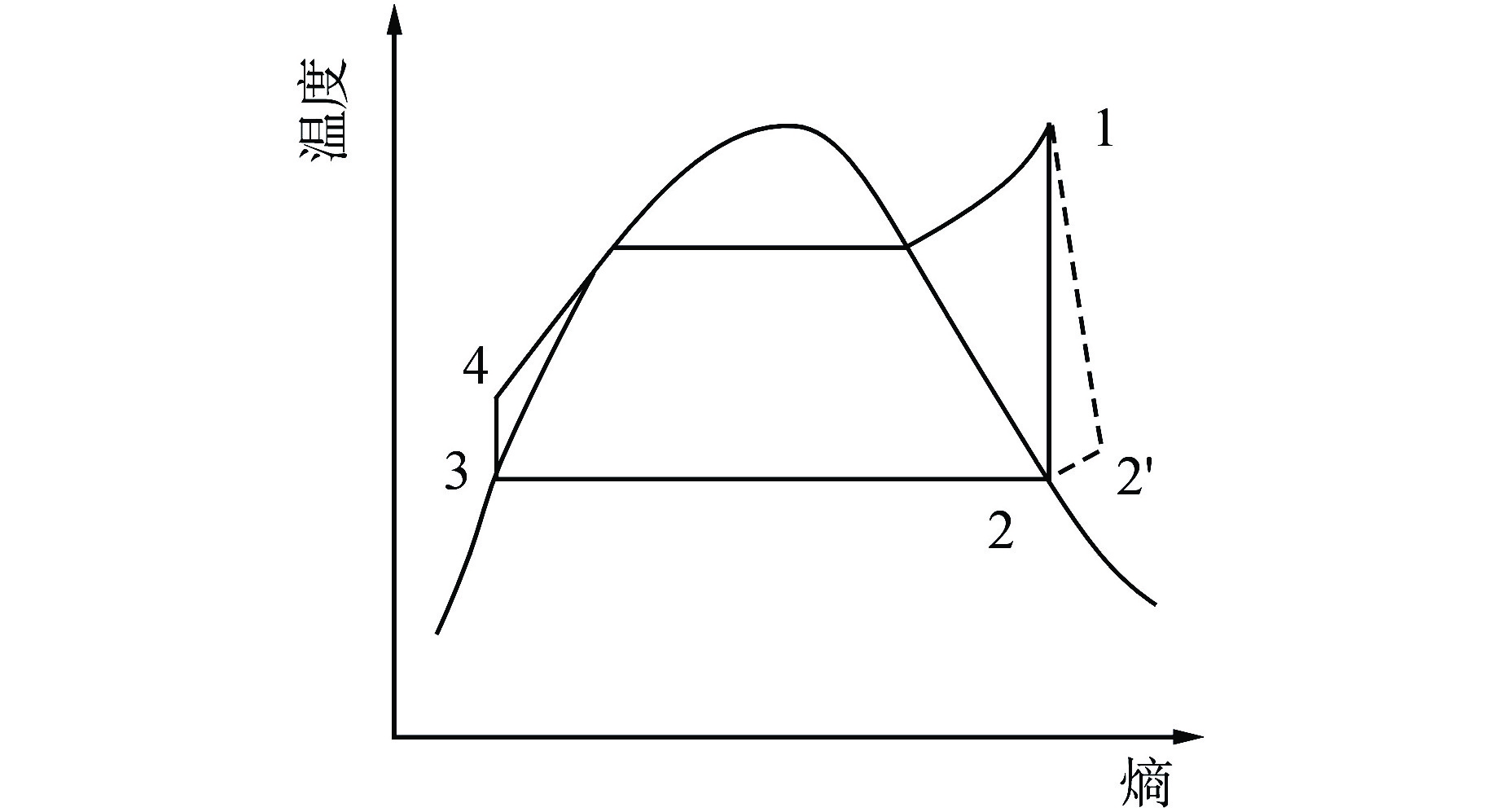Research for Spent Fuel Pool Self-safe Cooling Technology after Serious Accident
-
摘要: 针对核电厂严重事故后丧失内外电源的工况,提出了通过提取乏燃料水池(简称乏池)余热进行发电以实现乏池长期自安全冷却的方案。通过基于乏池余热的热力过程分析、工质选择、关键设备热力分析、系统方案设计研究,探讨了严重事故后利用乏池余热实现乏池长期自安全冷却的可行性。研究表明,根据核电厂严重事故后的工况环境以及系统输出功率,可采用上原循环或国海循环来建设乏池余热自发电系统。对于在役堆型和新堆型,该系统均可保证实现乏池余热的持续排出,满足乏池温度低于80℃的要求,从而实现乏池的自安全冷却。Abstract: In view of the loss of internal and external power supplies after a serious accident in a nuclear power plant, a scheme for long-term self-safe cooling of the spent fuel pool is proposed by extracting the waste heat of the spent fuel pool for power generation. Based on the thermal process analysis, working medium selection, thermal analysis of key equipment, and system design research based on the waste heat of the spent fuel pool, the feasibility of using the waste heat of the spent fuel pool to achieve long-term self-safe cooling of the spent fuel pool after a serious accident is discussed. The research shows that according to the working environment and the system output power after the serious accident of the nuclear power plant, the waste heat self-generating system of the spent fuel pool can be constructed by the Shangyuan cycle or the Guohai cycle. For both in-service reactor types and new reactor types, the system can ensure the continuous removal of waste heat from the spent fuel pool, meeting the requirement that the temperature of the spent fuel pool is lower than 80°C, thereby realizing self-safe cooling of the spent fuel pool.
-
Key words:
- Serious accident /
- Spent fuel pool /
- Self-safe cooling /
- Thermal analysis
-
表 1 3种循环性能对比
Table 1. Performance Comparison of Three Cycles
循环
类型系统
效率/%发电量/kW 系统安全
可靠性朗肯循环 5.47 195.83 高 上原循环 6.55 234.49 较高 国海循环 6.85 245.23 较高 -
[1] 高峰. 压水堆核电厂核岛设计-第三卷-核岛工艺系统和布置设计[M]. 北京: 中国原子能出版社, 2010: 163-170. [2] 苏林森. 900MW压水堆核电站系统与设备[M]. 北京: 中国原子能出版社, 2005: 163-170. [3] 李大树,陈荣旗,张理. 海洋温差能发电热力循环技术进展[J]. 工业加热,2016, 45(4): 6-9,13. doi: 10.3969/j.issn.1002-1639.2016.04.002 [4] TAKAHASHI P, TRENKA A. Ocean thermal energy conversion[M]. Chichester: John Wiley & Sons, 1996: 32-35. [5] UEHARA H. The present status and future of ocean thermal energy conversion[J]. International Journal of Solar Energy, 1995, 16(4): 217-231. doi: 10.1080/01425919508914278 [6] 刘伟民. 15kW温差能发电装置研究及试验[J]. 中国科技成果,2014(10): 17. doi: 10.3772/j.issn.1009-5659.2014.10.005 [7] 赵钦新,王宇峰,王学斌,等. 我国余热利用现状与技术进展[J]. 工业锅炉,2009(5): 8-15. doi: 10.3969/j.issn.1004-8774.2009.05.002 [8] 邓立生,黄宏宇,何兆红,等. 有机朗肯循环的研究进展[J]. 新能源进展,2014, 2(3): 180-189. doi: 10.3969/j.issn.2095-560X.2014.03.003 [9] 吴春旭,林礼群,王幸,等. 闭式海洋温差能发电系统的工质研究[J]. 太阳能学报,2016, 37(4): 1064-1070. doi: 10.3969/j.issn.0254-0096.2016.04.040 [10] 陈凤云. 海洋温差能发电装置热力性能与综合利用研究[D]. 哈尔滨: 哈尔滨工程大学, 2016. -





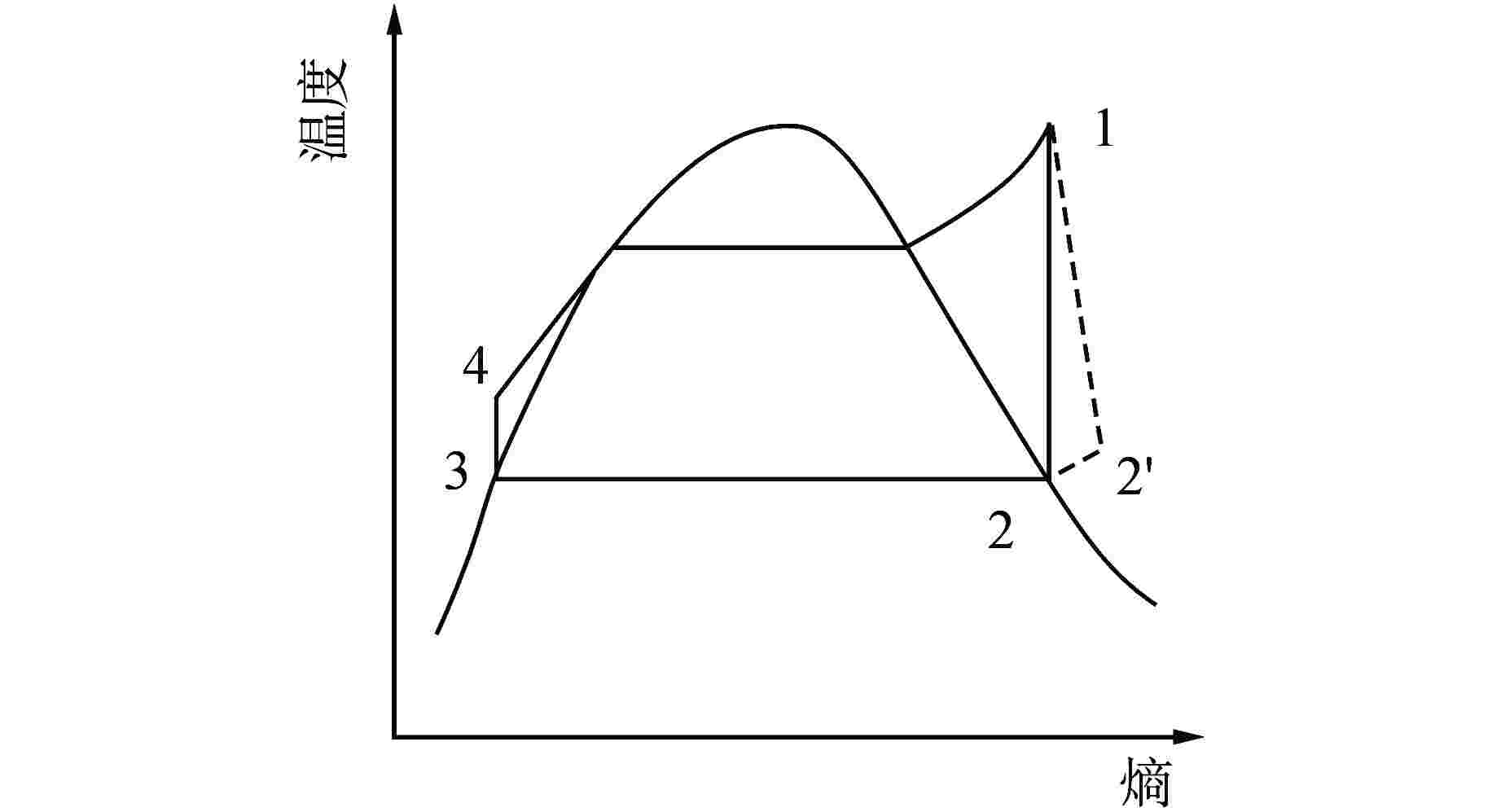
 下载:
下载:
